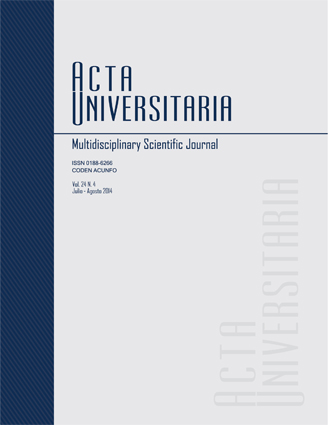Life situations and therapeutic adherence of women and men living with HIV/AIDs
Published 2014-08-21
Keywords
- Adherencia terapéutica,
- mujeres,
- VIH/SIDA,
- México,
- género.
- Therapeutic adherence,
- women,
- HIV/AIDS,
- Mexico,
- gender.
How to Cite
Abstract
The purpose of this study was to compare the life situations and level of therapeutic adherence of a sample of 29 women and 47 men from the Mexican state of San Luis Potosi living with HIV/AIDS. A semi-structured interview was administered. All participants live under very difficult conditions, particularly women: they have poor schooling, live alone and in charge of their children, with economic strains and poor family support. Statistically significant differences were found between male and female participants regarding transmission mode (p ≤ 0.00), alcohol use (p ≤ 0.03) and family support (p ≤ 0.00), among others. Women and men showed insufficient levels of therapeutic adherence to guarantee a healthy life style.
References
Chesney, M. (2003). Adherence to HAART Regimens. AIDS Patient Care and STDs, 17 (4), 169-175.
Rangel-González, M. & Ramírez-Palafox, M. de R. (agosto, 2006). Identifying stigma
- and discrimination in women living with HIV in Irapuato, México (Resumen).
- Trabajo presentado en el XVI International Aids Conference Abstracts,
- Toronto, Ontario.

